Restoration Takes Root: Living Shorelines for Changing Coasts
June 2025 • Volume 24, Number 1
Roots at the Water’s Edge
By Ashley Goetz
As erosion threatens treasured places around the Chesapeake Bay, communities are turning to nature-based solutions. Explore how living shorelines are helping to protect coasts and heritage on opposite shores of the Bay.
Designing with Nature
By Madeleine Jepsen
Researchers are on a mission to determine which key components make a living shoreline successful at preventing erosion—but first they must gather crucial data.
Seeding Shorelines
By Madeleine Jepsen
Living shoreline plants have a tough job: they must hold down the sandy shoreline with their roots and ease waves with their stems, all while surviving salty water.
Living Rocks for Living Shorelines
By Madeleine Jepsen
Oyster biology is both an obstacle and an opportunity when it comes to living shorelines. Learn how and why oysters are sometimes included in living shoreline projects.
A Marsh Grows in Brooklyn
By Ashley Goetz
A living shoreline is under construction in Baltimore City—part of a sweeping project that aims to restore more than 50 acres of habitat along 11 miles of shoreline.

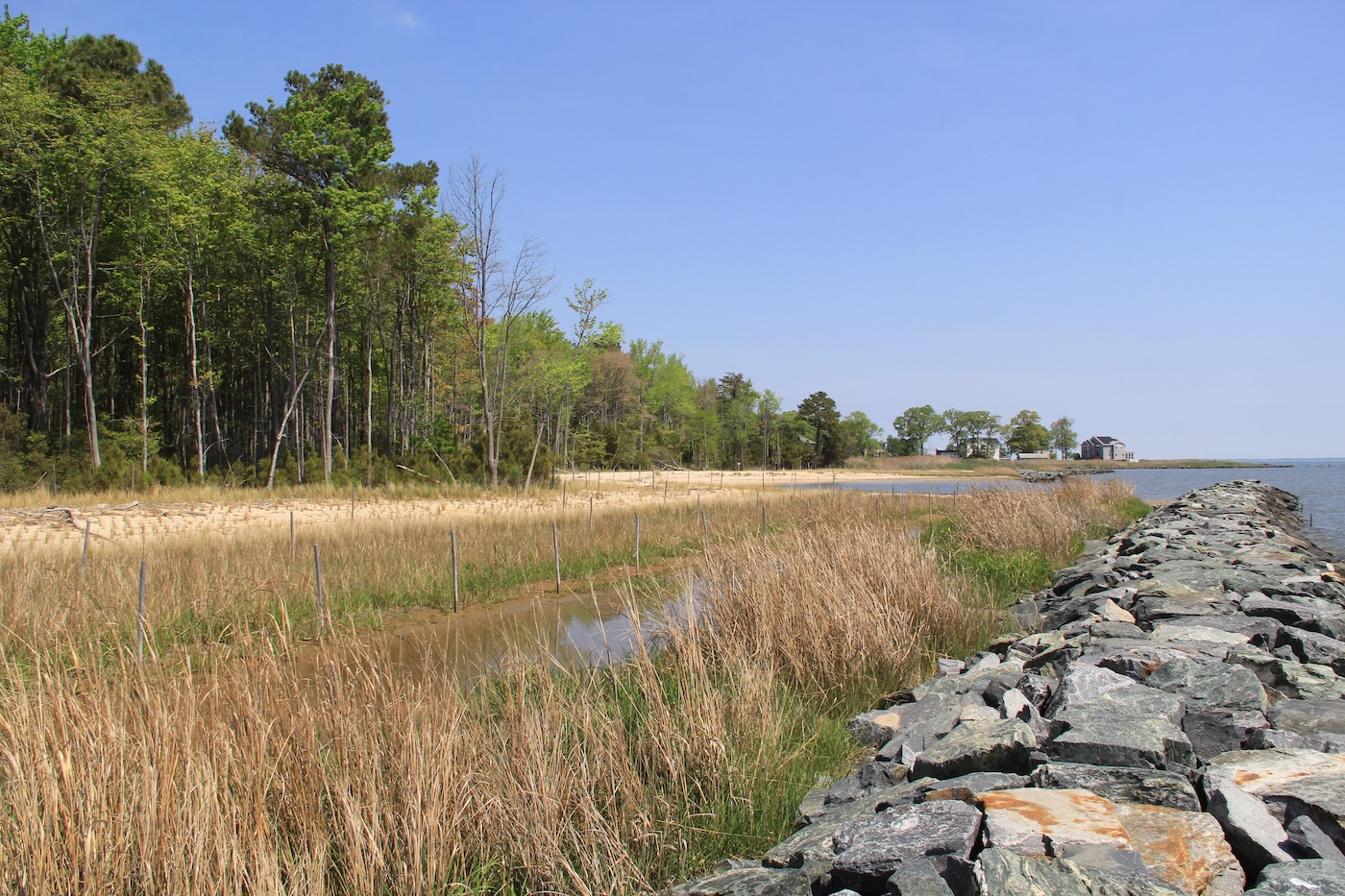
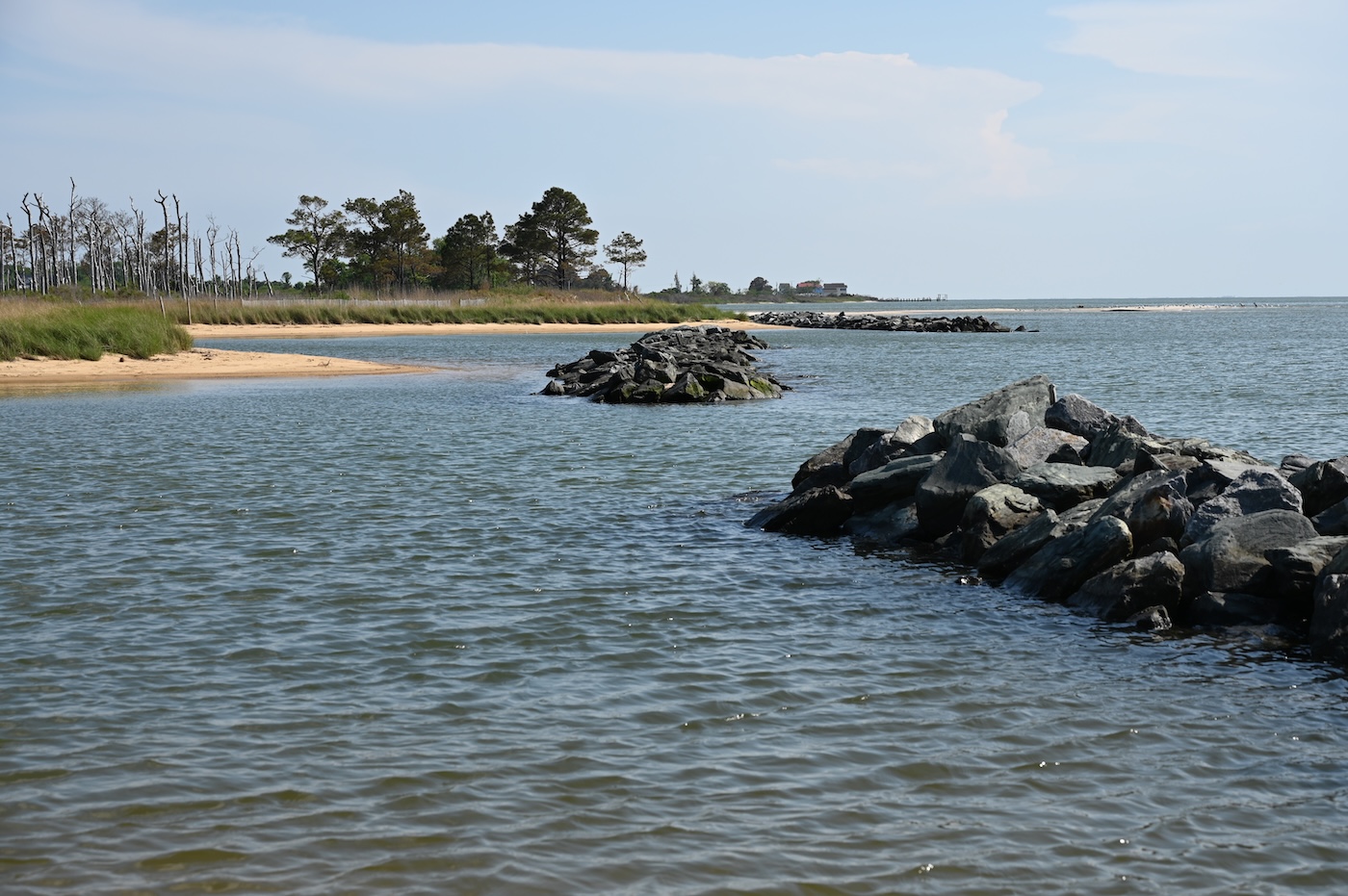
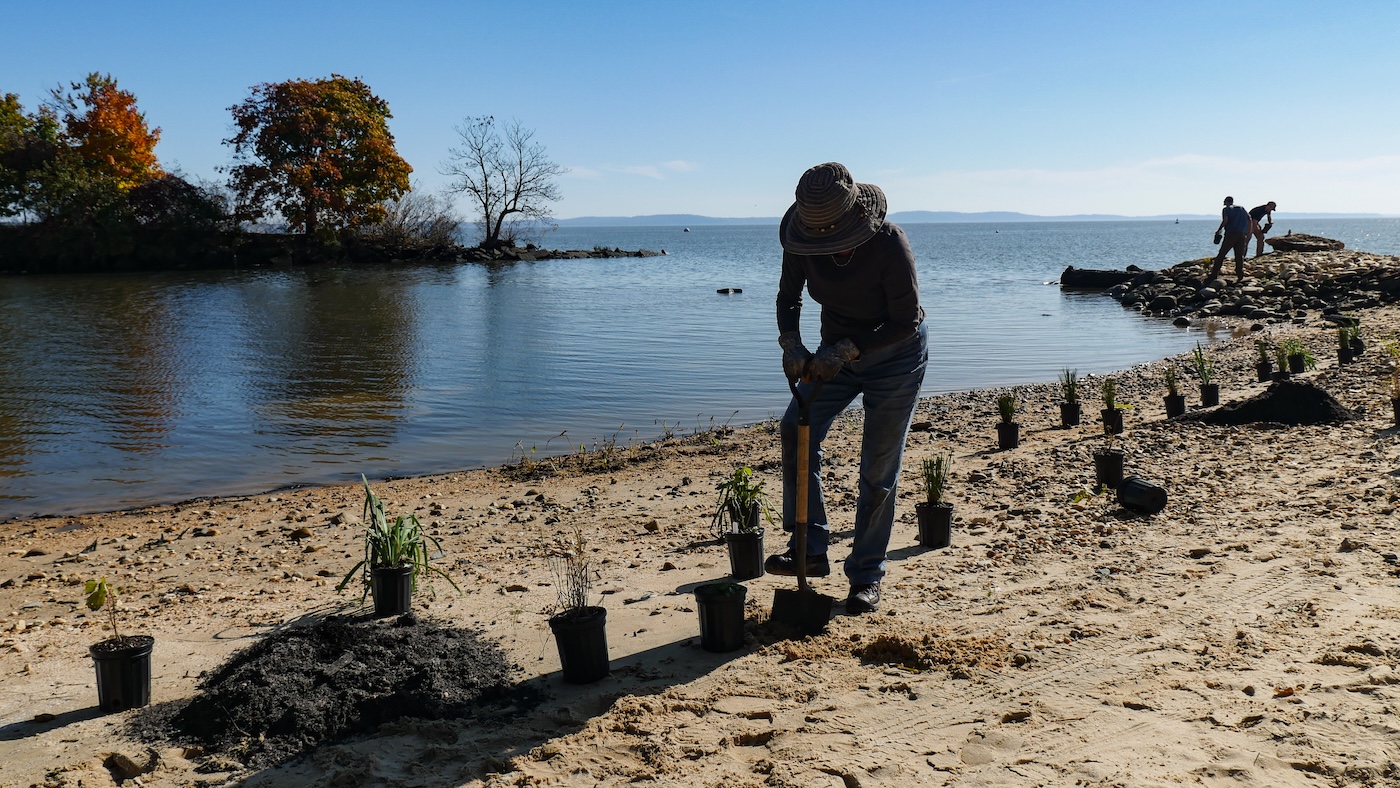
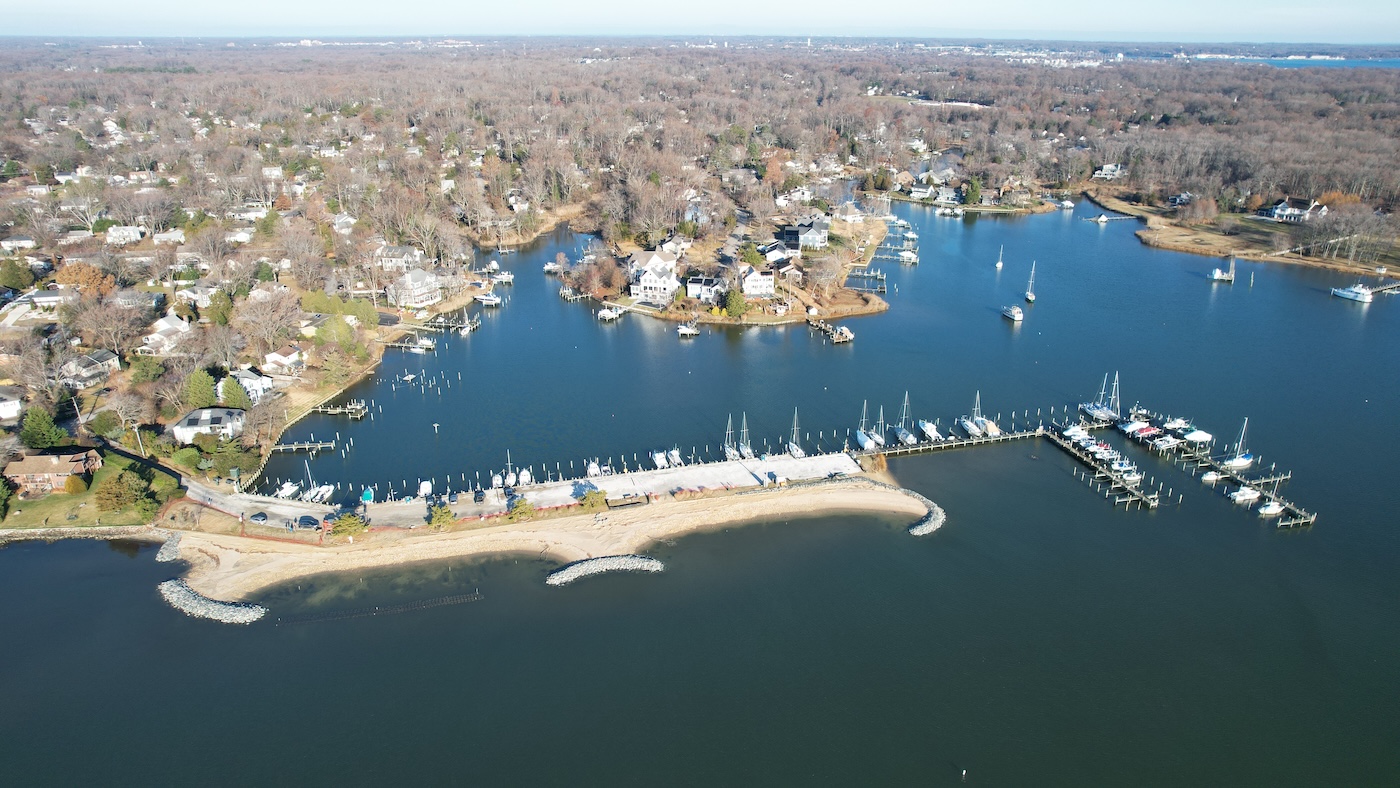
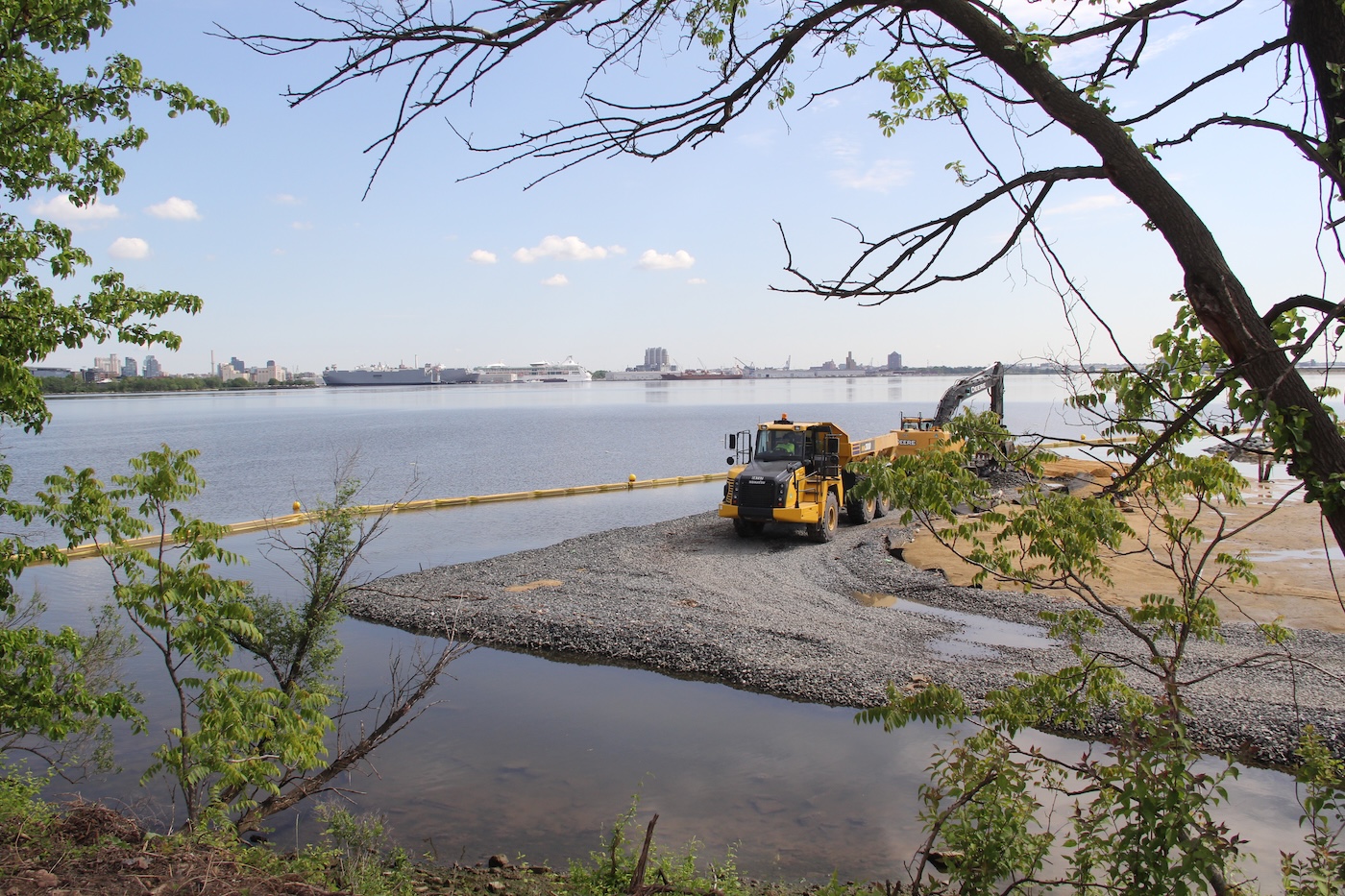
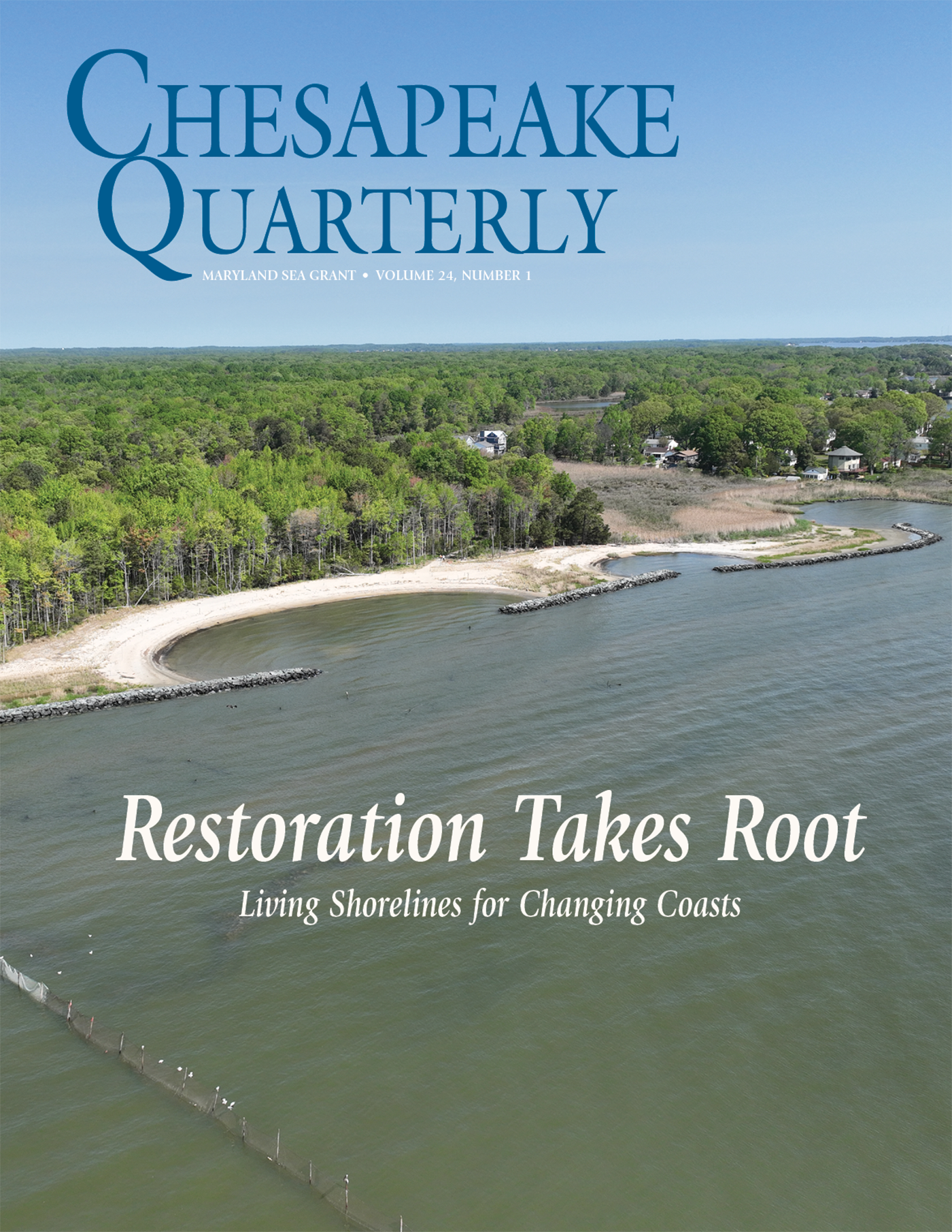
![[Maryland Sea Grant]](/images/uploads/siteimages/CQ/MD-Logo.png)